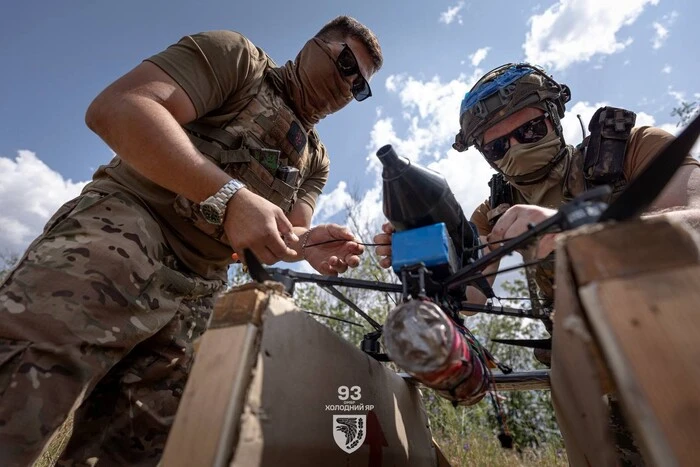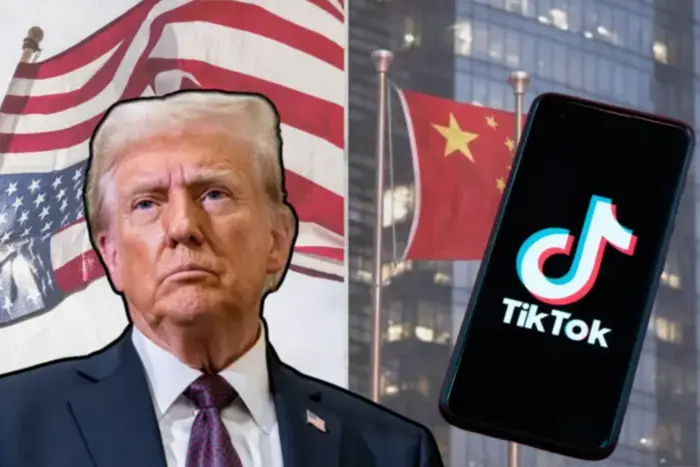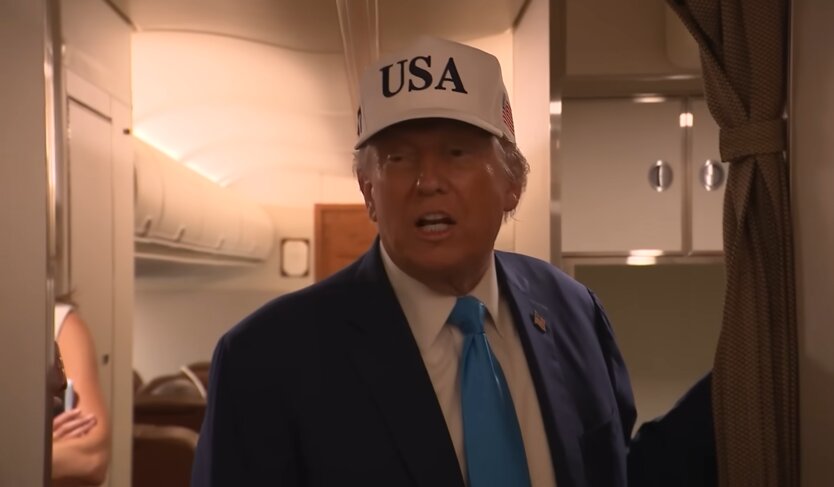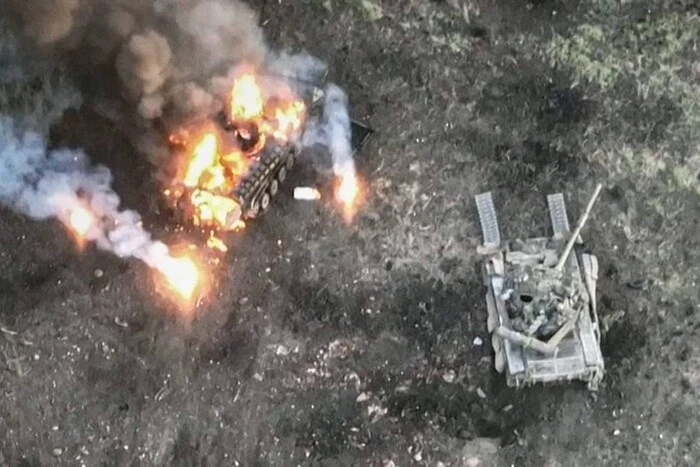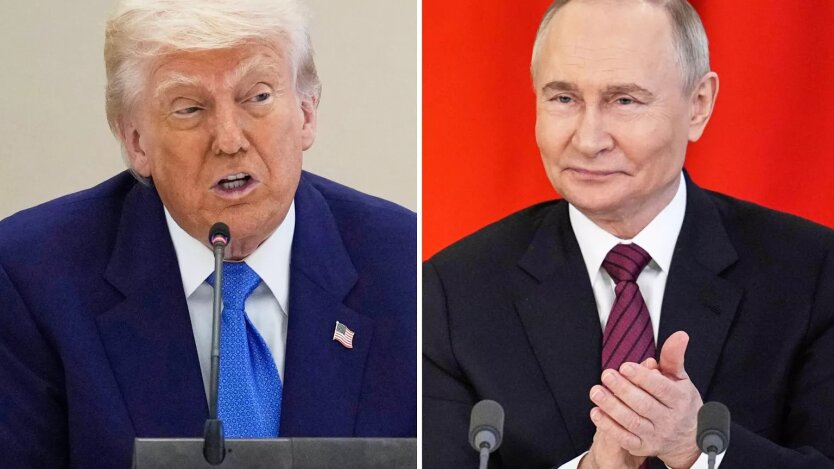U.S. Aid Shortcomings: Can Europe Defend Itself - Media.

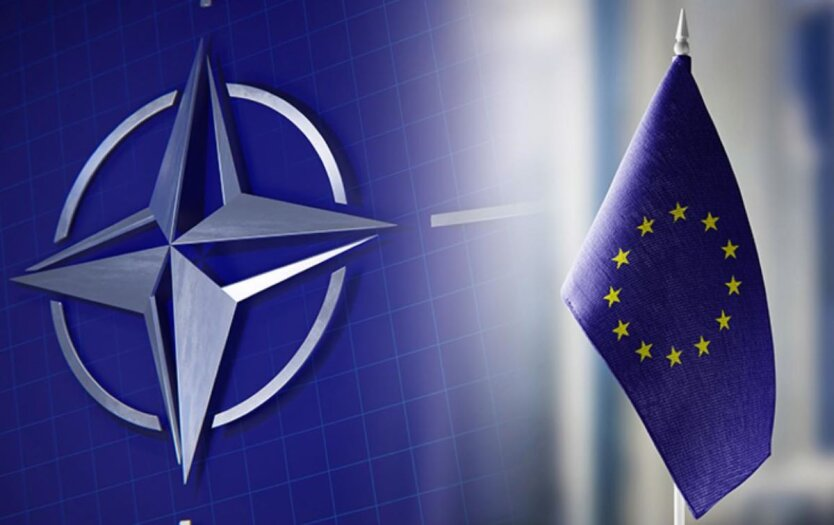
The U.S. and the Threat of War in Europe After Trump's Victory
After Donald Trump's victory in the elections and his return to the White House, the threat of war in Europe has increased. NATO allies can no longer rely on full support from the U.S., or possibly any support at all, reports the Financial Times.
French President Emmanuel Macron stated that Europe must not weaken in the face of 'predators' and become a 'herbivorous animal'.
However, currently, the situation in Europe does not match the rhetoric. Defense planning experts even compare the situation to the 1970s, when NATO warned Moscow that it would respond to an attack with nuclear weapons.
'Europeans will have to bear a greater burden of defense. The question is how this process will be carried out,' said a European security official.
The inefficiency of Europe's fragmented defense industry is one of the problems. The lack of scale leads to increased costs and creates logistical issues with supplying ammunition to all NATO member countries.
'European members of the Alliance need to significantly enhance readiness, close critical capability gaps, strengthen defense-industrial bases, and make long-term financial investments in armed forces and defense innovations,' warns the International Institute for Strategic Studies.
Funding is another crucial issue. Although European NATO allies have increased defense spending, they still have not reached the 2% GDP level that was agreed upon.
'If Europe were spending 3-4% of GDP on defense and the Americans made no contributions, it would be at significant risk from Russia,' says a European defense official.
Read also
- Are there battles in Dnipropetrovsk region? The Armed Forces of Ukraine reported on the situation in the region
- Trump announces negotiations with China regarding the TikTok deal
- Putin wants to go all the way and kill people: Trump commented on the conversation with Zelensky
- Enemy losses as of July 5, 2025 – General Staff of the Armed Forces of Ukraine
- The US is sabotaging Trump's peace plan: expert names the culprit in the Pentagon
- Ukraine Awaits a Summer of Ruthless Attacks: WSJ Reveals Putin's New Plan

